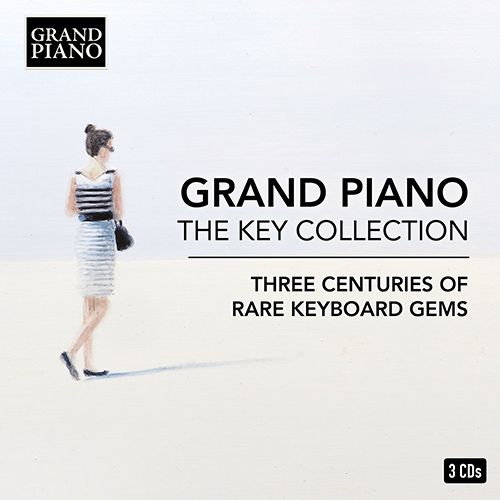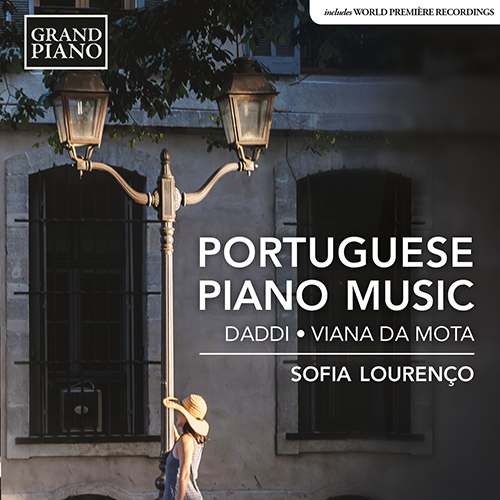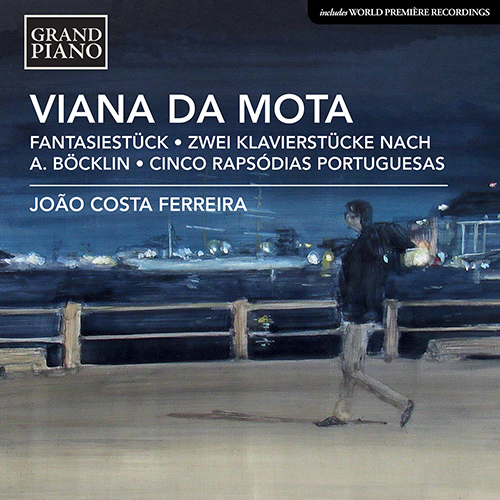
José Vianna da Motta (1868 - 1948)
Born in the Portuguese African colony of São Tomé, José Viana da Mota (1868–1948) started out as a child prodigy, performing on the piano at the age of six for Fernando II, a prince of Saxe-Coburg. Ferdinand went on to sponsor not only Viana da Mota’s initial training at the Lisbon Conservatory but also his advanced studies in Berlin, where the young Portuguese pianist was taught by Xaver Scharwenka at the prestigious private conservatory the latter had recently established with his brother Philipp. In 1884, Viana da Mota visited Bayreuth for the first time and immediately became an ardent Wagnerian. The following year he was heard in Weimar by an aging Liszt, who symbolically accepted him into his circle with the benevolent words, “You may come back”. Finally, in 1887, he was accepted as a student of Liszt’s foremost pupil, Hans von Bülow, thus further reinforcing his allegiance to the progressive aesthetic current known as the “Music of the Future”, whose figureheads were Wagner and Liszt.
In the years that followed, Viana da Mota achieved worldwide recognition as one of the leading exponents of the Lisztian piano school, both as a concert soloist and as a chamber musician collaborating with such distinguished partners as fellow pianist Ferruccio Busoni, violinist Pablo Sarasate and soprano Marcella Sembrich. He also enjoyed a brilliant teaching career at both the Berlin and Geneva conservatories, and in 1917 the Portuguese government appointed him head of a committee charged with reforming the teaching programme and methods of the the Lisbon Conservatory, of which he then became Director two years later. For the next three decades he was responsible for training several of the most acclaimed Portuguese pianists of the generations.




 Grand Piano has gained a reputation for producing high quality recordings of rare keyboard gems. Dedicated to the exploration of undiscovered piano repertoire, the label specialises in complete cycles of piano works by many lesser-known composers, whose output might otherwise have remained unknown and unrecorded.
Grand Piano has gained a reputation for producing high quality recordings of rare keyboard gems. Dedicated to the exploration of undiscovered piano repertoire, the label specialises in complete cycles of piano works by many lesser-known composers, whose output might otherwise have remained unknown and unrecorded.






